50 Greatest Cinematographers
A director’s best friend
Raoul Coutard
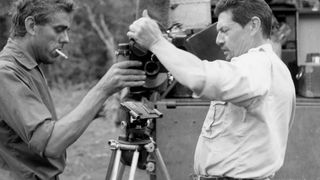
The Cinematographer: A filmmaker prominent in the French New Wave, Coutard worked with directors Jean-Luc Godard and François Truffaut.
His documentary-style lighting and handheld camerawork was emblematic of the New Wave movement.
Greatest Achievement: Though his CV is varied and full of gems, it was 1962’s Vivre Sa Vie on which Coutard created a free-hanging ceiling light system that meant Godard could improvise at will.
Tonino Delli Colli
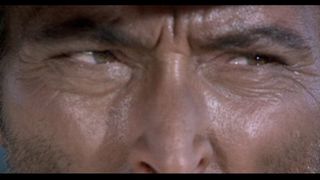
The Cinematographer: Colli shot the first ever colour Italian film in colour in 1952 when he made Totò a colori with director Steno.
His varied CV includes the exceptional likes of Life Is Beautiful (his last film before his death), Once Upon A Time In America and controversy-courter Salo .
Greatest Achievement: The Good, The Bad & The Ugly, which kick-started a collaboration with Sergio Leone.
Janusz Kaminski
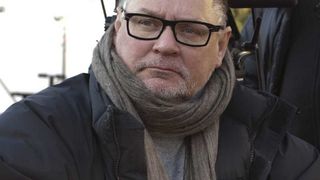
The Cinematographer: Spielberg’s cinematographer of choice, Kaminski has worked with The Beard on 13 of his films – including this year’s historical biopic Lincoln .
Greatest Achievement: War stories are Kaminski’s forte, the cinematographer having landed two Oscars for Schindler’s List and Saving Private Ryan .
Stylistically, they’re worlds apart – which says a lot for his skill with a lens.
Geoffrey Unsworth
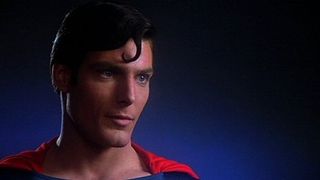
The Cinematographer: After working as a camera assistant, Unsworth graduated to director of photography with 1946 musical The Laughing Lady before becoming a connoisseur of black and white filming – no matter what the genre.
Later, he’d go full colour in style with 1978’s Superman .
Greatest Achievement: He was overlooked by the Academy for his stunning work on 2001: A Space Odyssey because it was Stanley Kubrick who got the credit for the film’s visuals.
Frankly, he was robbed.
Rudolph Mat
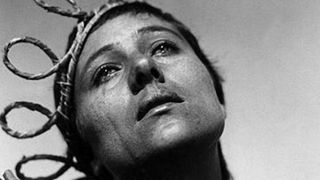
The Cinematographer: After starting out in film in Hungary, Maté moved to Hollywood in the 1930s to work on films like Laurel and Hardy’s Our Relations and Stella Davis.
Greatest Achievement: It was Maté’s early work on Carl Theodor Dreyer’s The Passion Of Joan Of Arc that really impresses.
The film was acclaimed as a landmark moment in filmmaking, not least because of its luscious visuals.
Stanley Cortez
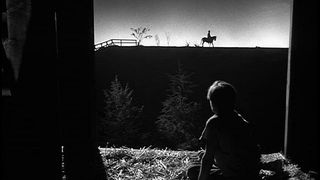
The Cinematographer: Celebrated for his often outrageous (but nonetheless boundary-pushing) experimentation, Cortez caught Orson Welles’ eye with 1941’s The Black Cat , and worked with Welles on the visually stunning (and aptly-titled) The Magnificent Ambersons .
Greatest Achievement: The Night Of The Hunter in 1955 drew on German expressionist cinema, most particularly in the motif of irises.
The film’s now lauded as a gorgeously dark thriller, with some of its most memorable images – Shelley Winters’ hair underwater, for instance – credited to Cortez.
Hal Mohr
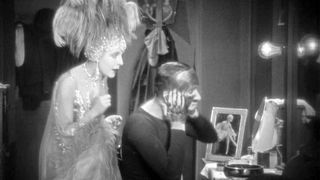
The Cinematographer: After studying European filmmaking following the First World War, Mohr translated and developed a lot of European concepts to Hollywood cinema.
His love of symbolism and shallow lighting ensured films like A Midsummer Night’s Dream and Phantom Of The Opera were moody and absorbing.
Greatest Achievement: The Jazz Singer , the first ever talkie.
Sign up to the GamesRadar+ Newsletter
Weekly digests, tales from the communities you love, and more
Jordan Cronenweth

The Cinematographer: Esteemed by the International Cinematographers Guild as one of the 10 most influential cinematographers ever, Cronenweth’s illustrious career included the varied likes of Peggy Sue Got Married , Altered States and a number of U2 documentaries.
Greatest Achievement: Undoubtedly Blade Runner.
Cronenweth and Ridley Scott were a match made in sci-fi heaven, blushing a future world in noir shadows and blasting rain.
Nestor Almendros
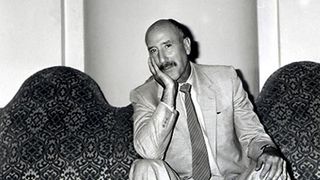
The Cinematographer: A favourite of director François Truffaut, Almendros began working with the New Wave filmmaker when two of his short films were banned in Cuba, where he’d lived since his teens.
Greatest Achievement: Days Of Heaven set him up in Hollywood in 1978.
He got on particularly well with Terrence Malick because of the director’s love of natural lighting.
Ted McCord
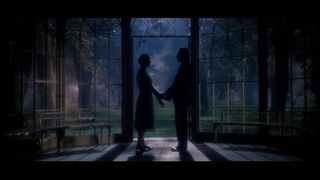
The Cinematographer: Influenced by the paintings of Rembrandt, there are echoes of master cinematographer Greg Toland in McCord’s work, probably because Toland mentored him.
Greatest Achievement: McCord’s love of gothic shadows is never more evident than in The Sound Of Music , an opulent (if admittedly sentimental) masterpiece.
Josh Winning has worn a lot of hats over the years. Contributing Editor at Total Film, writer for SFX, and senior film writer at the Radio Times. Josh has also penned a novel about mysteries and monsters, is the co-host of a movie podcast, and has a library of pretty phenomenal stories from visiting some of the biggest TV and film sets in the world. He would also like you to know that he "lives for cat videos..." Don't we all, Josh. Don't we all.
Most Popular


